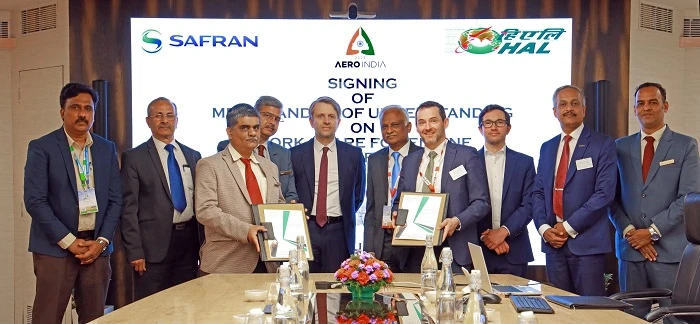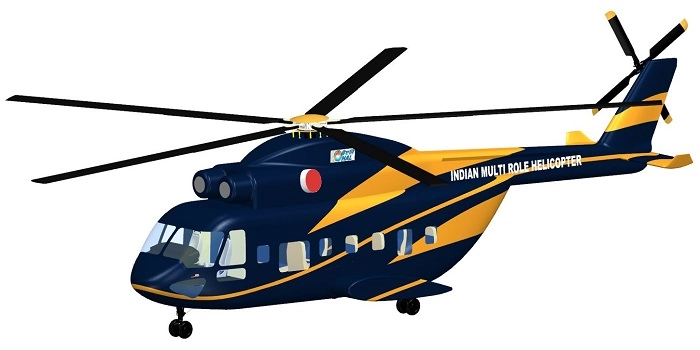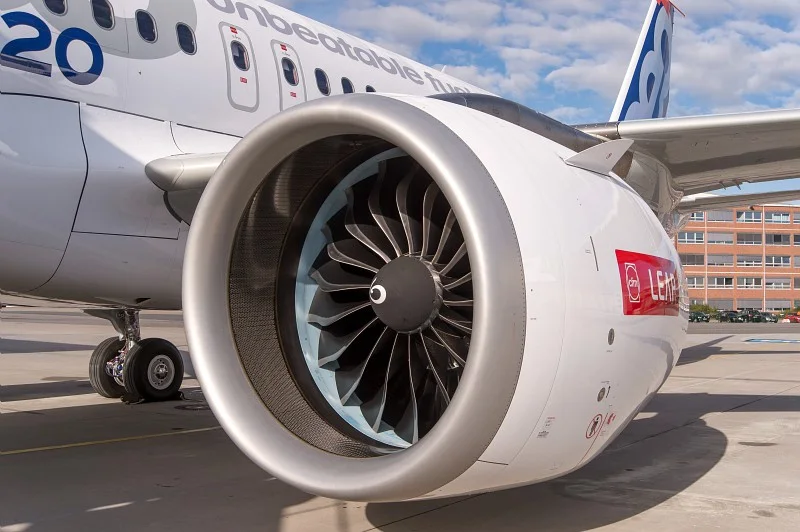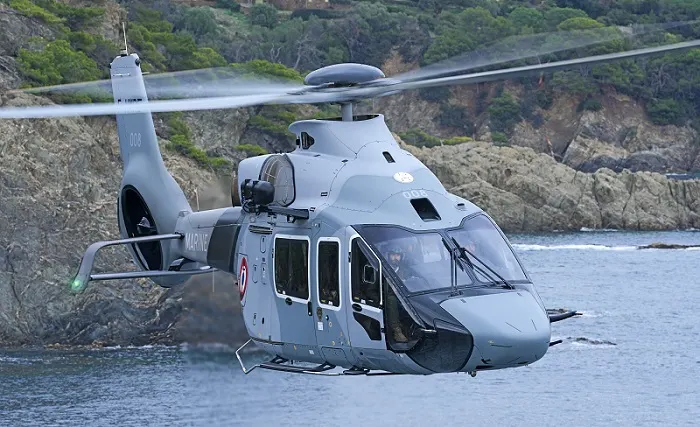Driving forward the government’s vision of ‘Atmanirbhar Bharat’ and Prime Minister Narendra Modi’s thrust on ‘make in India and make for the world’, Indian and French Aerospace majors have stepped on the accelerator to create a robust indigenous defence manufacturing ecosystem at home.
As PM Modi returned home from last week’s highly-successful visit to Paris, French aviation and defence equipment manufacturer Safran Helicopter Engines and Hindustan Aeronautics Limited (HAL) announced the setting up of their new joint venture company in Bangalore.
It will be dedicated to the design, development, production, sales and support of helicopter engines, with first objective to build the most adequate propulsion solution for for the future 13-tonne Indian Multi-Role Helicopter (IMRH) and its naval version Deck Based Multi-Role Helicopter (DBMRH).
As reported extensively by IndiaNarrative.com, Safran and HAL signed an agreement in July 2022 to create a new joint venture intended at developing helicopter engines. A workshare agreement between the two parties followed in February this year as a 1/3 scale model of the future IMRH helicopter was displayed by the HAL at Aero India 2023.

Also Read: India and France move a step closer to make advanced helicopter engines
“We are truly elated to partner with HAL and India to craft this new turboshaft engine joint venture set to address the Indian market and also future export opportunities. It marks a turning point in not only the longstanding relationship between our two companies but also between India and France,” said Cedric Goubet, CEO of the Safran Helicopter Engines.
Spread across 615 acres of land, HAL’s Greenfield Helicopter Factory, which was inaugurated by PM Modi this February, is already taking shape in Karnataka’s Tumakuru district.
The facility will be a one-stop solution for all helicopter requirements of the country and initially produce Light Utility Helicopters (LUHs).
“We both have embarked on a new journey, leveraging HAL’s experience in manufacturing of more than 15 types of aircraft and helicopter engines and Safran’s expertise in designing turboshaft engines. The objective is to co-develop and co-produce turboshaft engines in India with immediate focus on IMRH and DBMRH,” mentioned C B Ananthkrishnan, CMD, HAL.

Safran and HAL already have multiple successful partnerships on helicopter powerplants, including the Shakti engine, which powers HAL-produced helicopters, comprising the Dhruv, Rudra and the Light Combat Helicopter (LCH Prachand). More than 500 Shakti engines have already been produced.
In March 2022, both companies broke ground on their joint venture facility – Helicopter Engines MRO Pvt Limited (HE-MRO) at Sattari, 40 km from Panaji in Goa.
HE-MRO’s 1000 sqm training and office space and 3800 sqm international class shop facility will be operational by the end of 2023 with a capacity to repair 50 engines a year and a full-capacity goal of 150 engines in the coming years.
It will also provide MRO (Maintenance, Repair and Overhaul) services for TM333 and Shakti engines installed on HAL-built helicopters to increase the operational readiness of the Indian Armed Forces.
As India had signed the contract for the acquisition of 36 Rafale in 2016, Safran – a pioneer in aeroengine design, development and manufacturing – had highlighted the role played by its key systems and equipment for the ‘omnirole’ fighter jets designed and built by Dassault Aviation.
The day after the official handover of the first Rafale to the Indian Air Force at Dassault Aviation’s Merignac facility in October 2019, Defence Minister Rajnath Singh had visited Safran’s Villaroche facility near Paris.
Visited the Engine Manufacturing Facility of Safran at Villaroche near Paris today.
Safaran is known for its engine making capabilities. They have also developed the engine for Rafale. pic.twitter.com/pqaZ9NySJR
— Rajnath Singh (@rajnathsingh) October 9, 2019
The company had then said that the Indian delegation was “especially interested” in the assembly line of M88, the engine with exceptional performance — up to 7.5 tonnes of thrust with afterburner — designed and built for Rafale.
In February 2021, Safran and HAL signed a Memorandum of Understanding (MoU) announcing their intent to work together on bringing niche engine technology to India.
While the terms of that MOU centred around the M88 engine and manufacturing components for the engine with HAL for an additional batch of Rafale aircraft for India, it also contemplated transfer of “a significant amount of technology” in the assembling/manufacturing programmes.
Significantly, the MOU encompassed collaboration between HAL and Safran for indigenization programmes relating to “design and development of high thrust engines of 110 kN power and above” with transfer of key technology.

Earlier this year, Air India and CFM International – a joint company between GE Aviation and Safran Aircraft Engines – also signed an agreement for the largest-ever CFM LEAP engine order that will exclusively power the airline’s newly-announced fleet of 210 Airbus A320/A321neo and 190 Boeing 737 MAX family aircraft.
Reiterating that the company is already a key partner in respect of engines in HAL helicopters like Chetak, Cheetal, Light Utility Helicopter, Light Combat Helicopter and Advanced Light Helicopter, Safran has maintained that it is fully committed to the ‘Make in India’ policy championed by New Delhi which is set to become the third-largest market for commercial aviation.
“The group strongly supports the ambition of India’s rapidly growing aviation industry and we are fully committed to the make-in-India strategy. We hope that both India and France will seize the occasion to accelerate the strategic partnerships to the benefit of both countries. Welcome to France, Prime Minister Modi,” said Safran Aircraft Engines’ CEO and Director Olivier Andries said last Wednesday, just before PM Modi landed in Paris.
Also Read: Backing ‘Make in India’ to the hilt, French defence leaders eagerly await PM Modi’s Paris visit




















